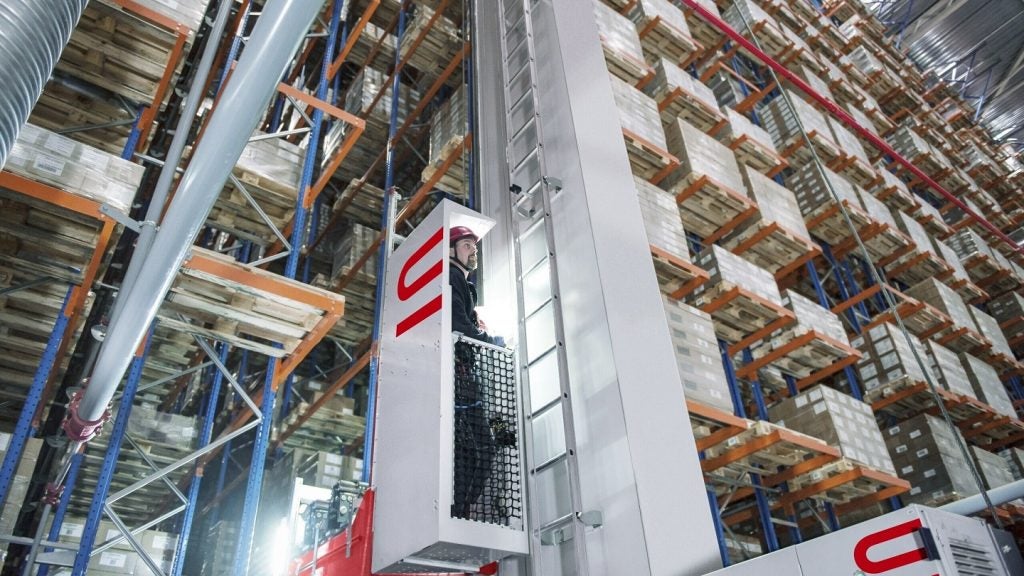Walmart has filed a patent for a system that dynamically determines location-based rules for item sales at point of sale (POS) registers. The system includes a POS Controller Server, an optical-machine reader, and a POS register. The system identifies rules applicable to the sale of an item based on a location-based ruleset and a rule group to item map file, and applies these rules to complete the sale of the item. This system aims to improve the updating of POS registers with location-specific rules. GlobalData’s report on Walmart gives a 360-degree view of the company including its patenting strategy. Buy the report here.
According to GlobalData’s company profile on Walmart, Transaction splitting was a key innovation area identified from patents. Walmart's grant share as of September 2023 was 37%. Grant share is based on the ratio of number of grants to total number of patents.
System for applying location-based rules at pos registers
A recently filed patent (Publication Number: US20230316250A1) describes a system for identifying and applying location-based rules on transactions conducted at Point of Sale (POS) registers. The system includes a Point of Sale (POS) Controller Server that receives a location-based ruleset and a rule group to item map file for an individual retail store. The ruleset regulates the sales of items in a specific geographic location, and the rule group to item map file maps rule group information to corresponding item information.
The system also includes an optical-machine reader that scans the identifier of an item to be purchased, and a POS register that receives the identifier from the optical-machine reader. The POS register is equipped with a computer processor and memory and is in communication with the POS Controller Server. The identifier of the item to be purchased is forwarded to the POS Controller Server.
A rules engine executing on the POS Controller Server identifies the rules applicable to the sale of the item based on the location-based ruleset, the rule group to item map file, and the identifier. The rules engine then transmits at least one rule associated with the sale of the item to the POS register, which applies the rule to complete the sale of the item.
The system also includes a mapping application that creates the rule group to item map file for the individual retail store. The mapping application can query a decision management center for the rule group information associated with the sale of the items based on the geographic location of the retail store.
The system further comprises a decision management center that queries databases storing different location-based rulesets for a plurality of retail stores in various geographic locations. The decision management center retrieves the location-based ruleset for each retail store, and each POS register in the retail stores is configured to enable the completion of sales transactions based on the respective ruleset.
In summary, the patent describes a system that allows for the identification and application of location-based rules on transactions conducted at POS registers. The system ensures compliance with rules and warnings associated with the sale of items in specific geographic locations, providing a more efficient and accurate sales process.
To know more about GlobalData’s detailed insights on Walmart, buy the report here.
Premium Insights
From

The gold standard of business intelligence.
Blending expert knowledge with cutting-edge technology, GlobalData’s unrivalled proprietary data will enable you to decode what’s happening in your market. You can make better informed decisions and gain a future-proof advantage over your competitors.





